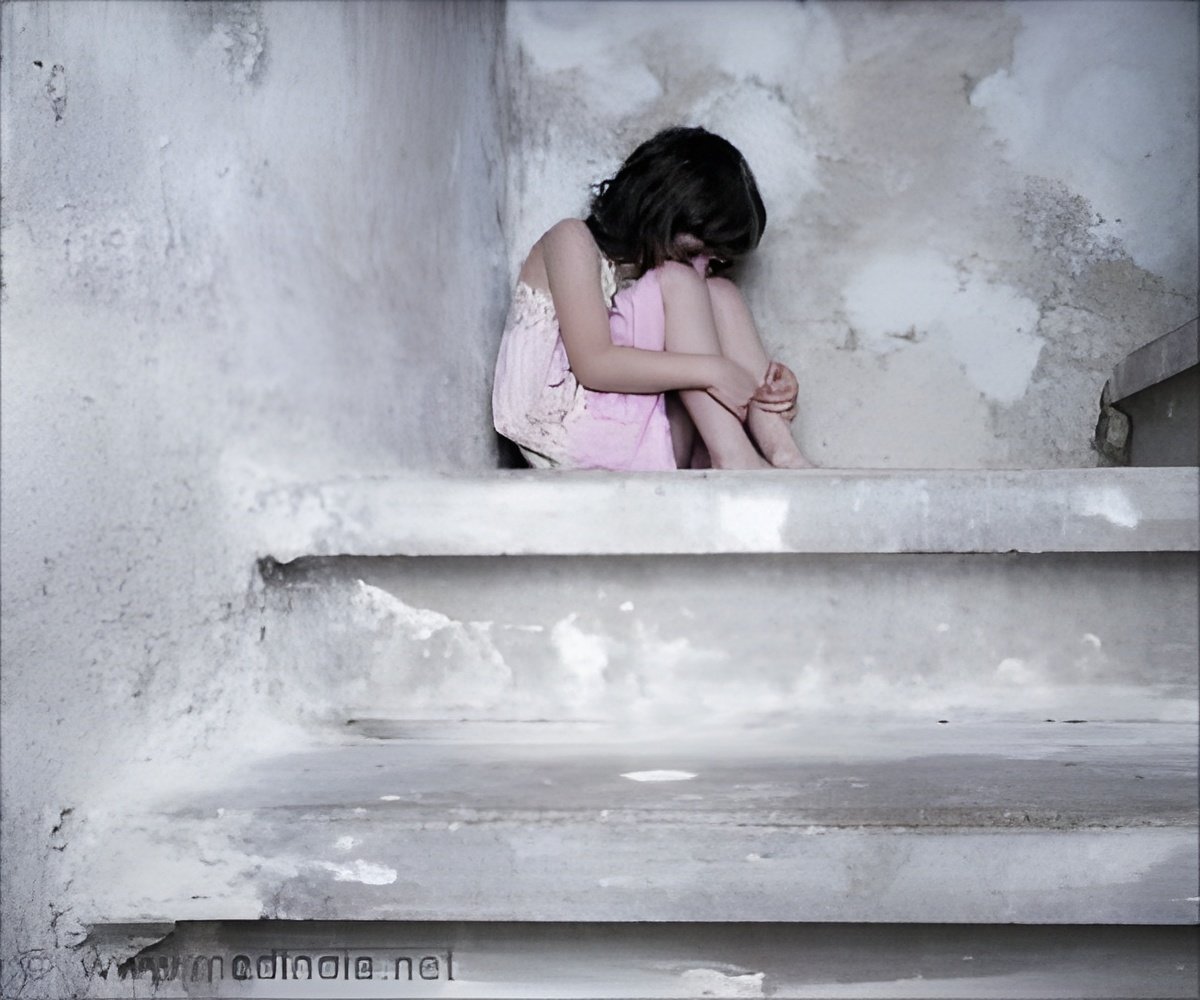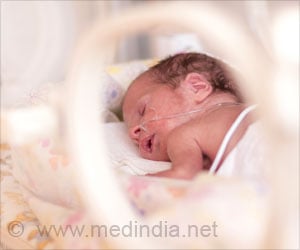- Childhood trauma experience (CTE) possibly includes sexual, physical, emotional abuse plus physical or emotional neglect can also be listed.

- Childhood trauma experience (CTE) possibly includes sexual, physical, emotional abuse plus physical or emotional neglect can also be listed.
- CTE may be an environmental factor for developing psychiatric disorders such as alcohol dependence.
- A new study has found significant rates of CTE among AD inpatients.
Results will be published in the June 2012 issue of Alcoholism: Clinical & Experimental Research and are currently available at Early View.
"Previous studies have found that alcoholic patients self-report higher rates of physical and sexual abuse in childhood compared to the general population," said Markus Heilig, clinical director at the National Institute on Alcohol Abuse and Alcoholism (NIAAA) and the National Institute on Drug Abuse (NIDA). "A recent national survey estimated rates of 8.4 percent for physical abuse and 6.0 percent for sexual abuse in the general population. Among alcoholic patients, rates for physical abuse were reported at 24 percent and 33 percent for men and women, respectively, while rates for sexual abuse were reported at 12 percent and 49 percent for men and women, respectively. Importantly, 5.0 percent of men and 23 percent of women experienced both types of abuse, physical and sexual, suggesting that co-occurrence of different abuse types may be important as well."
However, noted Heilig, who is also the corresponding author for the study, much less is known about rates of other types of abuse and neglect, in particular emotional abuse, emotional neglect, and physical neglect.
"Because emotional abuse is difficult to define, and is greatly under-reported compared to physical and sexual abuse, true rates of emotional abuse are unknown," Heilig said. "Many recent studies have linked childhood emotional abuse and neglect to the same long-term consequences as physical and sexual abuse, such as increased rates of depression, anxiety, and even suicide."
Heilig added that he and his colleagues also wanted to look at the effects of experiencing multiple trauma types. "A person who experiences more than one type of abuse or neglect may be more severely affected in the long run and develop more problems later in life," he said. "By looking at a broader range of abuse and neglect types, we were able to investigate these questions."
"We had four key findings," said Heilig. "One, patients being treated for AD are likely to have experienced one or more types of childhood abuse and neglect. Two, sexual abuse increases the likelihood of developing anxiety disorders in addition to AD, while emotional abuse increases the likelihood of developing depression. Three, alcoholics who experienced childhood physical abuse may be more likely to have a history of suicide attempts. Four, alcoholics who experienced more than one type of abuse or neglect are especially at risk for developing a psychiatric disorder or for attempting suicide."
"Our findings demonstrate that childhood emotional abuse is nearly as prevalent among alcoholic patients as physical and sexual abuse," said Heilig, "which is important because it helps to show that emotionally abused children, like those that have been physically or sexually abused, can develop behavioral and other health problems in adulthood. For example, we show that alcoholics who were emotionally abused may be more likely to have co-morbid depression and PTSD, and thus these individuals may be more difficult to treat than those without these disorders. In addition, we also found that alcoholics who experienced more than one type of CTE in childhood are even more at risk for a broad range of psychiatric disorders and for suicide attempts. We call this a 'dose-response' relationship, which means that with each increase in the number of CTE types experienced – the 'dose' – the likelihood of developing a psychiatric disorder – the 'response' – also increases."
Both Heilig and Langeland believe that clinicians need to take greater care when assessing prior life experiences in AD patients. "These highly co-morbid patients reporting cumulative exposure to traumatic stress in childhood are often seen in routine practice," observed Langeland. "These findings point to the importance of a more systematic trauma assessment in alcohol-treatment services. And I also urge clinicians to address alcohol use at every clinical encounter with children and adolescents that have been identified as victims of childhood trauma, as early interventions in abused children might improve their psychological as well as medical health."
"Members of the public shouldn't take lightly the potential effects of emotional abuse in childhood or in any life stage," said Heilig. "Just because there may not be visible physical scars does not mean that no lasting damage has been done."
Source-Eurekalert
 MEDINDIA
MEDINDIA



 Email
Email







